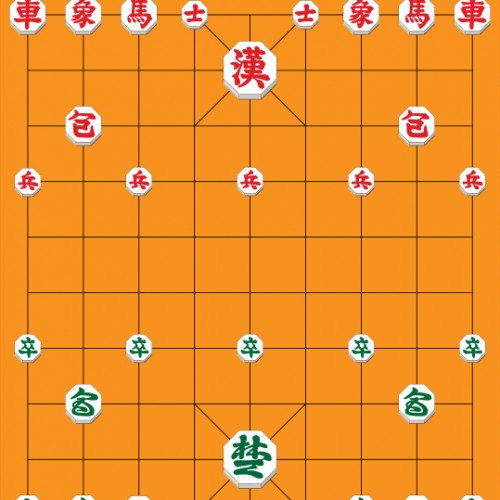JANGGI VS QWIRKLE

JANGGI
Janggi (including romanizations changgi and jangki), sometimes called Korean chess, is a strategy board game popular in Korea. The game was derived from xiangqi (Chinese chess) of China and is very similar to it, including the starting position of the pieces, and the 9×10 gameboard, but without the xiangqi "river" dividing the board horizontally in the middle. Janggi is played on a board nine lines wide by ten lines long. The game is sometimes fast paced due to the jumping cannons and the long-range elephants, but professional games most often last over 150 moves and so are typically slower than those of Western chess. In 2009, the first world janggi tournament was held in Harbin, Heilongjiang China. The board is composed of 90 intersections of 9 vertical files and 10 horizontal rows. The board has nearly the same layout as that used in xiangqi, except the janggi board has no "river" in the central row. The pieces consist of disks marked with identifying characters and are placed on the line intersections (as in xiangqi and Go in China). Janggi pieces are traditionally octagonal in shape, and differ in size according to their rank. The sides are Blue (or sometimes Green), which moves first, versus Red. Each side has a palace that is 3 lines by 3 lines (9 positions) in the centre of their side of the board against the back edge. The palace contains four diagonal lines extending outwards from the centre, forming an "X" shape.
Statistics for this Xoptio

QWIRKLE
Qwirkle is a tile-based game for two to four players, designed by Susan McKinley Ross and published by MindWare. Qwirkle shares some characteristics with the games Rummikub and Scrabble. It is distributed in Canada by game and puzzle company Outset Media. Qwirkle is considered by MindWare to be its most awarded game of all time. In 2011, Qwirkle won the Spiel des Jahres, widely considered the most prestigious award in the board and card game industry. A sequel, Qwirkle Cubes, was released by Mindware in 2009. Qwirkle comes with 108 wooden tiles, and each tile is painted with one of six shapes (clover, four-point star, eight-point star, square, circle and diamond) in one of six colors (red, orange, yellow, green, blue and purple). The box also contains a bag to store the tiles and a rule book. The game begins with all the tiles being placed in the bag and mixed thoroughly. Each player then randomly draws six tiles. During their turn, a player may either: place one or several tiles on the table; or instead of playing tiles, exchange one or more tiles in their hand for other random tiles. In general, any tiles that are placed in a row must share one attribute (either color or shape), and they must be played in one line, although they do not need to touch other tiles being placed in that turn. A player must always end a turn with six tiles, so, if they place tiles during a turn, they draw random tiles to build their hand back up to six. Play continues until one person uses all of their available tiles and there are no more tiles to be drawn.